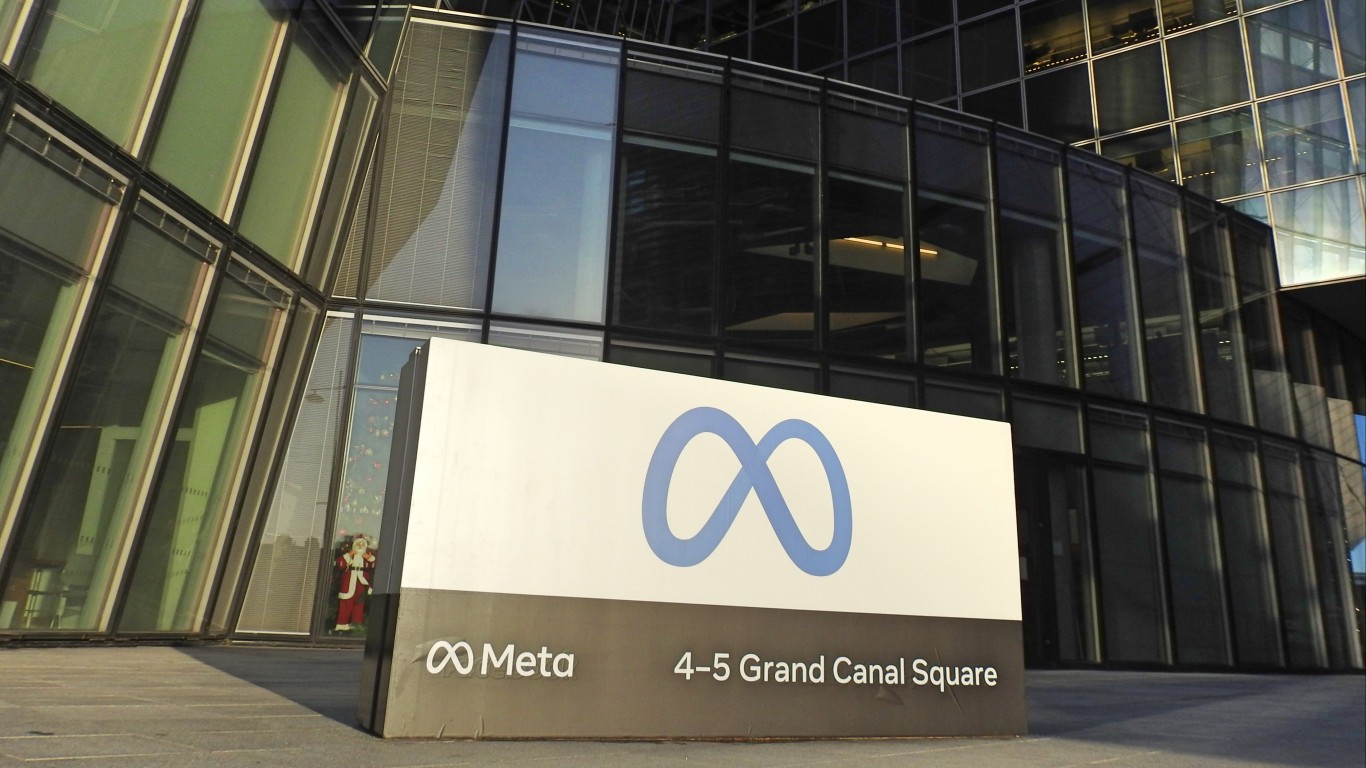 Worries over the global economy have been keeping a lid on oil prices, which have dropped back to levels last seen at the beginning of the year. WTI crude is now up slightly at just over $87/barrel and Brent crude its trading slightly lower, at around $112/barrel.
Worries over the global economy have been keeping a lid on oil prices, which have dropped back to levels last seen at the beginning of the year. WTI crude is now up slightly at just over $87/barrel and Brent crude its trading slightly lower, at around $112/barrel.
Both traded lower than that this morning following the release of OPEC’s monthly oil market report for September. The cartel’s price for its reference basket of crudes fell by -4.7% in August, the sharpest decline since May of 2010. A weaker outlook for the global economy and the prospective return of 1.3 million barrels of Libyan crude to the market are the driving forces behind the weak performance and the lowered forecast. OPEC is most concerned that a rapid return of Libyan exports will catch the other members of the cartel in a state of over-production, causing an even greater decline in the market price.
According to OPEC, Libyan production could reach 1 million barrels/day within six months and production in the eastern and western portions of Libyan could be back on line much sooner. The cartel concludes that “the restoration of Libyan oil production to full capacity in less than a year-and-a-half appears to be realistic.” Indeed.
What that means for the cartel is that they must carefully watch production from the other members so as not to flood the market with crude and drive the price consistently below $85/barrel.
More important, the return of Libyan crude should reduce the current $25/barrel differential between WTI and Brent crudes. As that differential narrows, the OPEC basket price declines even faster.
The slowing economic growth in the developed countries is also weighing down demand for oil in the emerging nations, especially China. Chinese demand is expected to decline by -200,000 barrels/day in the third quarter due to lack of demand from the developed countries that buy Chinese manufactured goods. A somewhat stronger US dollar also helps lower crude prices.
And while crude prices are falling, OPEC production has been rising. World supply in August totaled 88.09 million barrels/day, of which 29.92 million barrels/day are produced by OPEC members, including Iraq. That’s 98,000 barrels/day higher than July production and 344,000 barrels/day higher than June.
The steady increase in OPEC production since February to meet the shortfall from interrupted production in Libya is likely to be choked off again. The cartel’s next meeting to discuss production levels is not scheduled until December, but Saudi Arabia has often made its own adjustments to production depending on the market.
As Libyan barrels come back, and if the world economy doesn’t improve more quickly than it appears able to, then crude prices will remain stagnant or worse from OPEC’s point of view. The cartel will try to influence the market first with press releases about cuts to production. When that fails to hold prices up, quotas will be re-set. That will generate more news stories and push prices up, but only temporarily. In order for prices to remain high, OPEC members must adhere to the quotas and that is never a given.
And prices can’t go up to far, especially if the economy is still weak,because that will make an already bad situation worse for OPEC. In reality, the bullets in the OPEC arsenal are mostly psychological.
Paul Ausick
Thank you for reading! Have some feedback for us?
Contact the 24/7 Wall St. editorial team.



